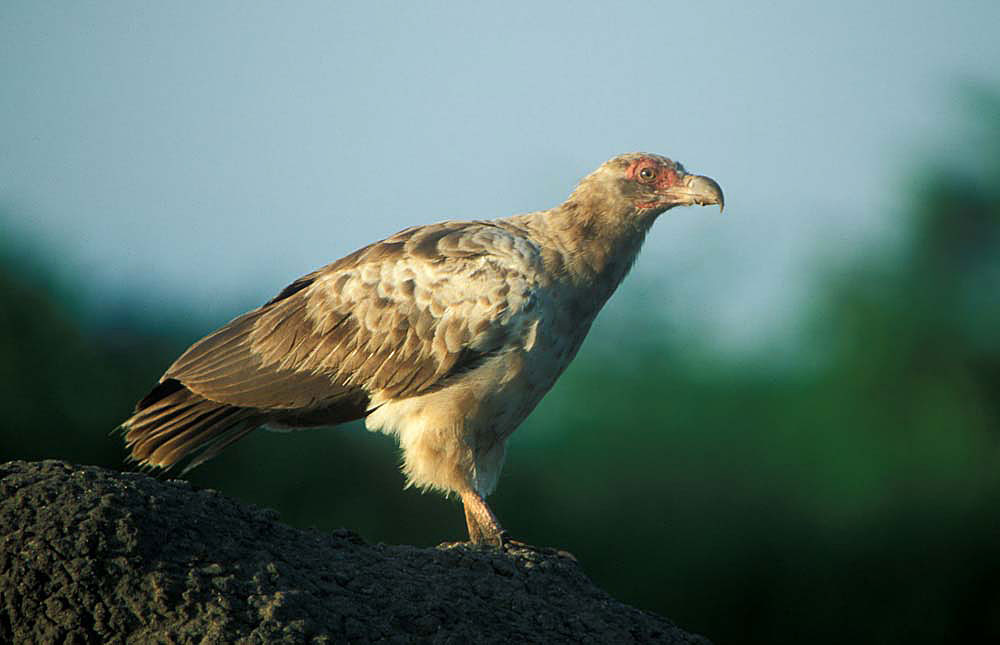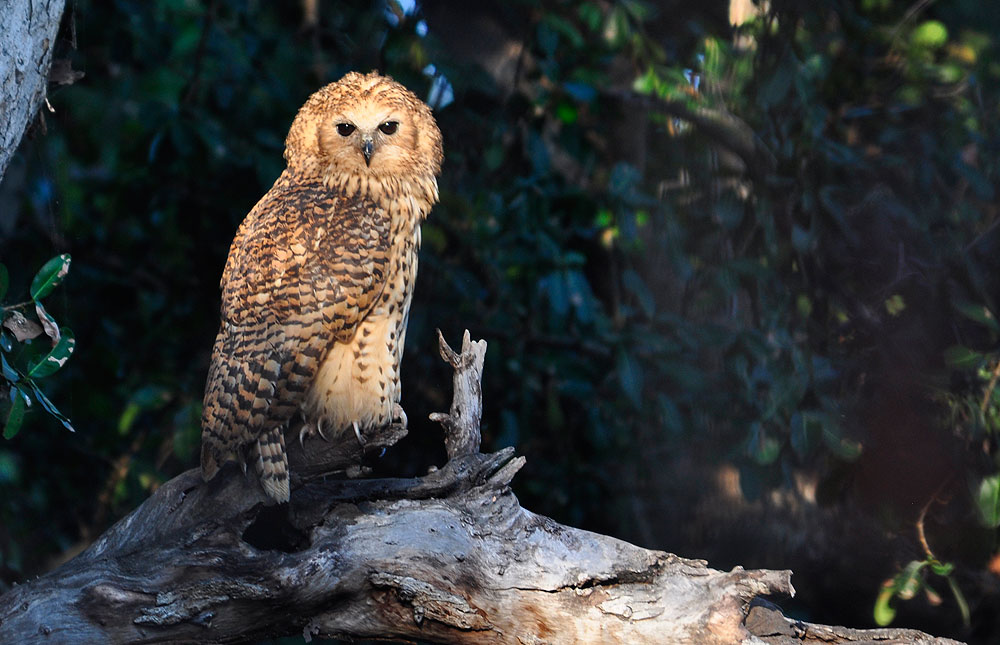Queen Elizabeth National Park, Uganda's most popular park, is located in the south west of the country, surrounded by the Rwenzori Mountains. It is known for its tree-climbing lions, chimpanzees, crater lakes, and salt mining at Lake Katwe.
 |
| Boat ride at Murchison falls |
Queen Elizabeth National Park is Uganda’s most popular savannah reserve and has the widest variety of wildlife of any Ugandan park. The variety of habitats includes grassland savannah, forests, wetlands and lakes. This provides the setting for an extensive range of large mammals and primates. Four of the Big five are present (rhino are absent) and chimp tracking is available.
Queen Elizabeth National Park Highlights
Queen Elizabeth National Park, named after Queen Elizabeth II, is Uganda's big game safari capital and the title is well-deserved. It is located in the south western part of the country and encompasses a number of significant wildlife reserves, river channels, volcanic mountains and crater lakes. It enjoys the beautiful backdrop of the Rwenzori Mountain Range and houses diverse ecosystems, which include rolling savannah, tree-filled forests, glistening lakes and fertile wetlands.
QENP is renowned for its wildlife, which, after being badly destroyed by poaching, has been revived to thriving numbers and is now well-protected. Hippos, elephants, leopards, lions and chimpanzees are among the highlights, but by no means are they the only species found in this park.
QENP is home to 95 mammal species and over 600 bird species, which makes it a top birding and game destination. Beautiful volcanic features of peaks and craters fill the landscape, while their crater lakes are economically extracted for salt.
 |
| Hot air ballon safaris in QENP |
Scenery
The park is set against a backdrop of the Rwenzori Mountains. Additional scenic points are Kazinga Channel between Lake Edward and Lake George and at least 10 crater lakes. The most accessible part of the park is open savannah, but large forest areas are open to the public. These include the forested Kyambura Gorge and the extensive Maramagambo forest in the southeast.
 |
| Mweya Peninsula |
Mystery Gorilla Safaris Says
This park was initially established in 1952 after animals and people were being separated due to a sleeping sickness that took over the country. At this time, this park combined with Lake George and Lake Edward Game Reserves and gazetted as Kazinga NP.
In 1954, Queen Elizabeth II visited the country and the Kazinga was renamed in her honour, becoming the QENP we know. However, during the notorious reign of Idi Amin, it was again renamed Ruwenzori National Park, but this didn't last long and the park once again took on the name of the Queen.
Among its wildlife fame, QENP hosts superb chimpanzee trekking excursions. The Kyumbura gorge, which is 16km long and 100m deep, is home to the only habituated troop of chimps in Uganda.
The Rwenzori Mountains are also known as the Mountains of the Moon due to their almighty peaks that reach over 5000m. The highest peaks are snow-capped all year round.
Queen Elizabeth Park Game Viewing and Activities
Queen Elizabeth National Park is set against the backdrop of Rwenzori Mountains and is renowned for its dramatic volcanoes and crater lakes, such as Lake Katwe. Salt mining at Lake Katwe is famous throughout East Africa; its lake floor is 0.8m thick with salt and there has been 7 tonnes of salt produced per hour for over 30 years.
QENP supports a wide variety of wildlife and is certainly the most popularly visited park in Uganda. Guests come here to discover the jagged, volcanic landscape dripping in rain forest; to spot the 600 species of birds flitting about the trees; to observe the black-maned lions known for climbing trees. There are over 10 species of primate dwelling in the park and the river channels are occupied by hippo, buffalo and elephant.
A cultural exchange project runs in QENP, which aims to support conservation through empowering local communities. Visitors can enjoy and learn about local traditions through story-telling, dancing, music and more.
Elephant and buffalo are very common, and lion are surprisingly easy to spot. There are many interesting antelope species such as Uganda kob, topi and bushbuck. Hippo and crocodile are common in Kazinga channel. A troop of chimpanzee has been habituated for tracking and nine other primate species are found, including the black-and-white colobus monkey. Giraffe and zebra are absent.
Queen Elizabeth NP has the largest checklist of any protected area in East Africa with over 600 bird species recorded. This is mostly due to the wide variety of habitats: from savannah to forest to wetland. Many of the birds in the park are regarded as specials within East Africa, which makes it a prime birding destination. The swamps in the Ishasha sector are a good place to look for the elusive shoebill stork. Migratory birds are present from November to April.
 |
| Palm-nut vulture |
 |
| Pels' fishing owl |
Birding Specials–Treats for Avid Birders
Best Time to Visit
Queen Elizabeth National Park is open all-year-long, but wildlife viewing is at its best from January to February and June to July (the Dry seasons). However, this scenic park is at its most beautiful in the Wet seasons from March to May and August to December. April, May, August and September are very wet months and during that time, the rain might interfere with your safari.
Weather and Climate
The climate in Queen Elizabeth NP is warm. Temperatures remain uniform through the year. Daytime temperatures rise to around 29°C/84°F and slowly fall to around 17°C/63°F at night. Queen Elizabeth NP doesn’t have a real Dry season, so there is always potential for rain. Rain happens less during December through January, with June and July having the least rain.
Getting There
Queen Elizabeth NP is located about 410km/255mi north of Kampala. The direct drive takes at least seven to eight hours, but your itinerary will most likely include some parks on the way. It is also possible to fly to any of the nearby airstrips of Kasese, Mweya or Kihihi (for Ishasha) by scheduled or chartered aircraft from Entebbe International Airport or Kajjansi Airfield near Kampala.
You will enter Uganda at Entebbe International Airport (EBB), about 46km/29mi from Kampala, the capital city. Generally, Mystery Gorilla safaris will arrange for your pick-up from the airport, and organize any further transportation required as part of your safari package.
Fly Uganda (‘seat rates’ are available from Kajjansi to Kasese, Mweya and Ishasha)
Aerolink (flies from Entebbe to Kasese and Mweya)
Domestic Flights
Charter flights are available. The following airlines run scheduled flights to airstrips near Queen Elizabeth NP:Fly Uganda (‘seat rates’ are available from Kajjansi to Kasese, Mweya and Ishasha)
Aerolink (flies from Entebbe to Kasese and Mweya)









Comments
Post a Comment